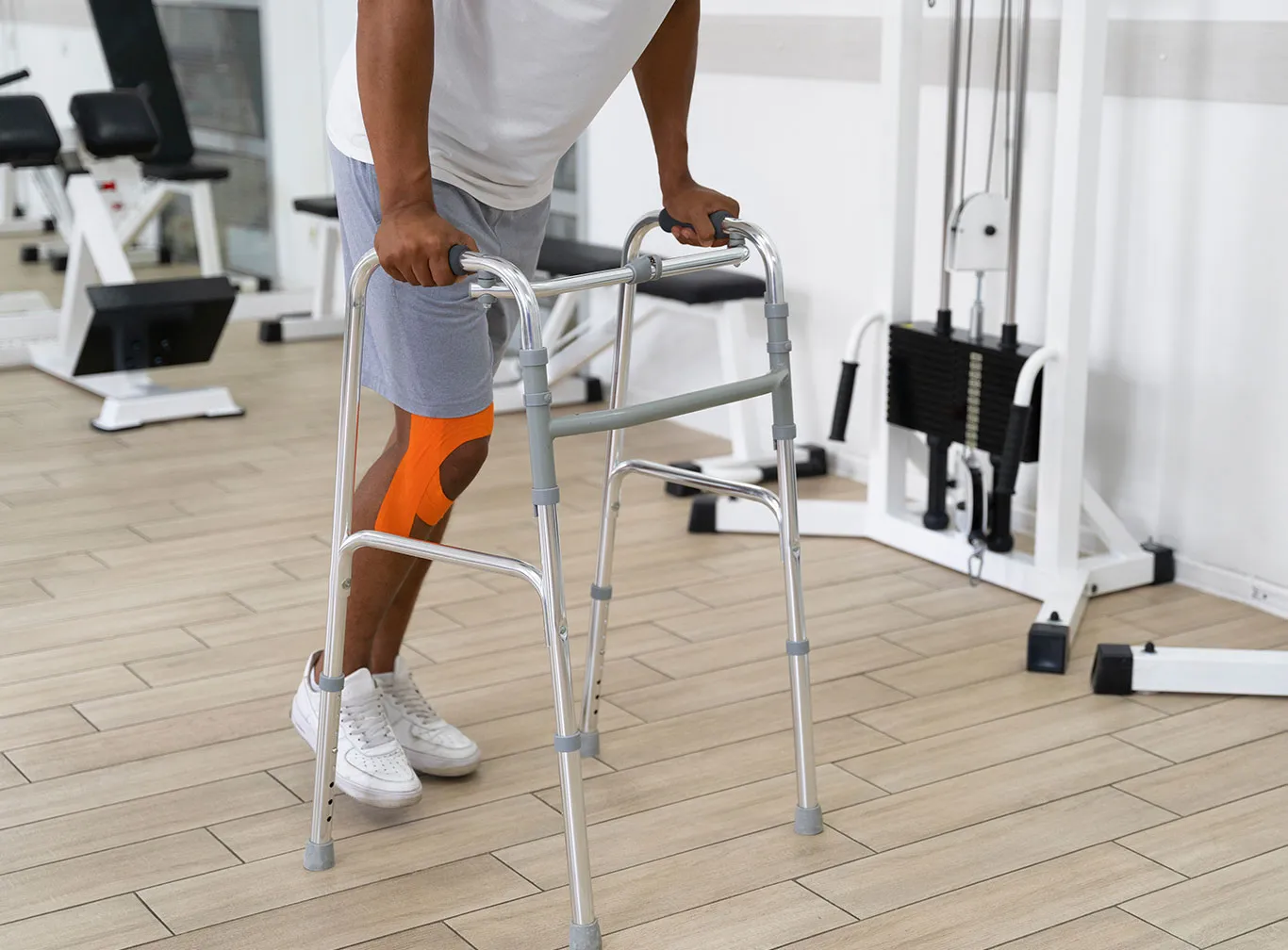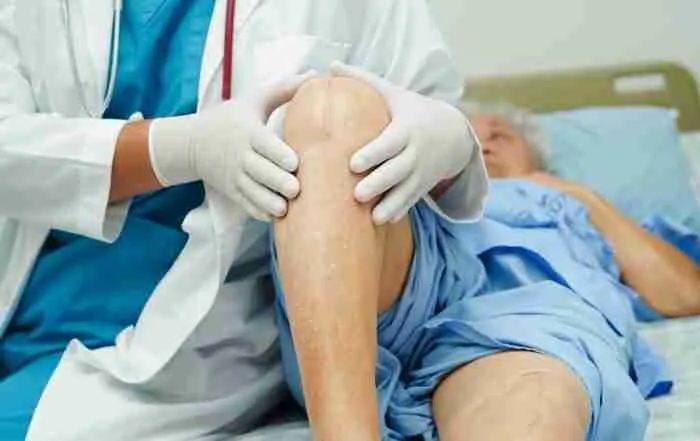Partial Knee Replacement Surgery
A More Natural Feeling Knee
Choose Dr. Morton as your Partial Knee Replacement Surgeon

What are the different types of partial knee replacements?
There are a few different types of partial knees. The inside of your knee is considered the “medial compartment”. Meanwhile the outside of the knee is the “lateral compartment”. The part underneath the knee cap is called the “patellofemoral compartment”. Each of these compartments can be replaced independently with a lateral, medial or patellofemoral replacement. Sometimes two compartments can be replaced, a “bicompartmental replacement”
Content
Is Partial Knee Replacement Surgery Right for you?

I have arthritis, but I was told I was not a candidate for a partial knee replacement
Benefits
Disadvantages
Recovery after Partial Knee Replacement

Goals
Have Realistic Expectations
Risks
Frequently Asked Questions about Partial Knee Replacement (FAQ)
Partial knee replacements that are done for the right reasons can last a lifetime. Patients who are heavier, have a higher activity level, or have arthritis in other areas of their knee are at a higher risk for failure. At 10 years, 90% of partial knees done with historical techniques are still functioning well. Using robotic assistance, surgeries are able to have their implants placed in better positions, and the longevity approaches that of total knees, while maintaining the improved kinematics from a partial knee.
Partial knee replacements are a good surgical option for patients who have to isolated osteoarthritis to only one compartment. The knee is made of three compartments – medial, lateral, and patellofemoral. Partial knee replacements in patients with arthritis in more than one compartment are at high risk of failure after a partial knee replacement.
Comparatively, there is less surgery associated with a partial knee replacement. This results in less blood loss, less pain, and quicker recovery. Patients are generally able to return home on the same day of surgery. You are able to shower right away. After about 6 weeks, most patients are able to return to many of their normal activities.
Recovery from a partial knee replacement is generally faster compared to a total knee replacement. Partial knee replacements usually recover between 4 and 10 weeks. Total knee replacements can take between 8 to 12 weeks for a recovery.
Partial and total knee replacement surgery have excellent track records. There are risks and benefits to both operations. Partial knee replacements often leave patients with a more “natural feeling” knee, while total knee replacements are able to provide the longest term result with lower risk of re-operation.
Related Pages
Personalized Alignment In Knee Replacement Surgery
Knee replacement surgery has long been a solution for patients who have severe arthritis or joint degeneration. Traditionally, the procedure has involved using standardized techniques to position the knee implant. However, personalized alignment in knee [...]
Hiking After Knee Replacement: Tips for Staying Active
Knee replacement surgery can be life-changing, offering significant relief from pain and improved mobility. However, returning to physical activities like hiking may seem daunting for many. However, hiking after knee replacement is possible—and even beneficial [...]
Uncemented Knee Replacement: What Patients Should Know
Knee replacement surgery has evolved significantly over the years, with various techniques and approaches tailored to meet individual patient needs. Among these, uncemented knee replacement is gaining attention as an alternative to the traditional [...]
How Much Does A Hip Or Knee Replacement Cost?
Understanding Your Expected Bills Hip or knee replacement surgery is a transformative procedure that can significantly improve the quality of life for individuals with severe arthritis or joint damage. However, the financial aspect [...]
Cost of Total Knee Replacement in Hawaii for Medicare Patients: How to Save Money with Outpatient Surgery Centers
Total knee replacement (TKA) is a life-changing procedure for patients suffering from severe arthritis or knee dysfunction. With advancements in surgical techniques, many TKAs are now performed on an outpatient basis, allowing patients to [...]
Understanding Post-Traumatic Arthritis After ACL Reconstruction
Anterior Cruciate Ligament (ACL) injuries are a common occurrence, especially among athletes and physically active individuals. While ACL reconstruction is a widely accepted procedure to restore knee stability and function, it is important to [...]









